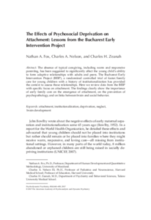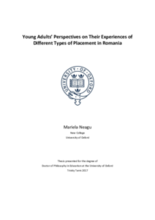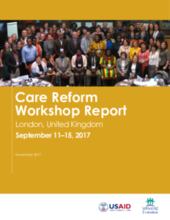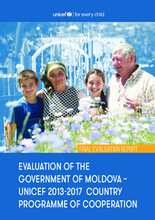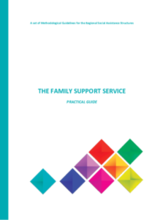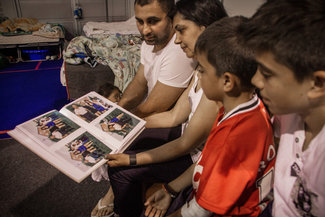

Displaying 671 - 680 of 1058
The Bucharest Early Intervention Project (BEIP), a randomized controlled trial of foster/family care for young children with a history of institutionalization has provided the context to assess these relationships. This article reviews data from the BEIP with specific focus on attachment.
This study explores the childhood experiences and transitions to adulthood of 39 Romanian care leavers and adoptees, born around 1989 - 1990.
The objective of this essay is to determine how substitute child care in the Czech Republic has changed in the last ten years.
This study examined facial emotion recognition in 12-year-olds in a longitudinally followed sample of children with and without exposure to early life psychosocial deprivation (institutional care).
This article from Reuters explains how Moldova plans to use blockchain technology to combat child trafficking in the country with help from UN experts.
This country care review includes the care related Concluding Observations adopted by the Committee on the Rights of Persons with Disabilities and the Committee on the Right of the Child at their recent examinations of the State's report.
This report outlines the sessions of a workshop help in London with representatives from four countries participating in a USAID/DCOF-funded activity aimed at intensifying country leadership in advancing national efforts on behalf of children who lack adequate family care, and provides highlights, key discussion points, and action items.
This document represents the “Evaluation of Government of Moldova - UNICEF 2013-2017 Country Programme of Cooperation (CPC)”. The evaluation was conducted between August 2016 and February 2017.
This guide represents a methodological support that describes the procedures for the provision, organization and operation of the Family Support Service.
This guide is designed for social workers employed in the social services addressed to families and children in Moldova. In this version, the case management methodology focuses on family strengthening and the development of family’s competences, with the ultimate aim of achieving every child’s well-being.

